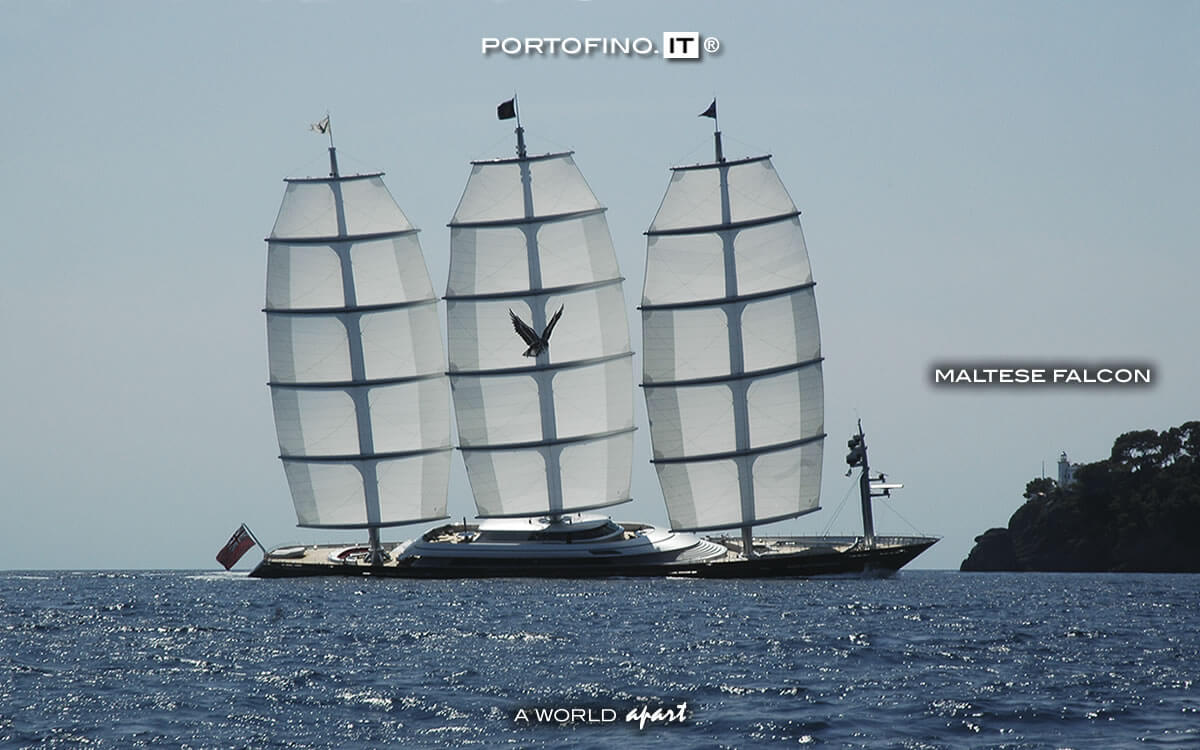
Like the boatmen, who had met up with success dedicated to the marine traffic of passengers, a rosy horizon was foreseen, for there were other port people who felt that the pleasure boat business was to be divided between them, bringing a large economic profit to Portofino. The axe teachers and the “calafati” (specialized workers in waterproofing a ship) that work in the dockyard, dedicated themselves to repairing and building pleasure boats, much looked for in seamanship: There was a transformation, and a part of the activity went towards craftmanship. The wood teachers, besides repairing, started to build small boats, launches, and “gozzi” (rowing boats): after the rowing boats, motor boats were built.
It’s possible to name those who worked with wood: Gaetano Viacava called “Gheita Baciarin”, Giulietto Vignale, Giovanni Franzon and his son Roberto, Giacomo Gallino from Rapallo, G. B. Viacava called “Ba” and other boys… These characters were distinguished for their willingness and ability in artistic craftsmanship. One person in particular was distinguished in the naval constructions not only for the type of boat, but also for the refined workmanship: he was Gaetano Viacava called “Gheita Baciarin” His “gozzi” reached the maximum of prestige, and a boat owner was proud to own one: the activity was inherited by his son Giacomino that, with the same ability and silence, is carrying on his father’s craft.
The sailors who dedicated themselves to pleasure boats sensed that a specialization was needed: I remember in the fifties, not everyone had the school elementary certificate, like that, some went to study evening classes at the seamanship school of Marshall Gerolamo Cabella to be able to take a seamanship exam. The teacher was very convincing and had a lot of patience, they all received different types of licenses, head of the boat, authorized sailor, master mariner, and motorboat. Other youngsters attended the seamanship school becoming Captains of Master Mariner. Other sailors dedicated themselves to the sail regattas, with boats from 5. 5 to 6 and the old 8 meters for the “triangle” regattas, to the boats for the higher first-class regattas to the smaller classes. Within living memory, it’s possible to name some of these sailors: Domenico Prato called “Ahia”, Carletto Risicato, Luigi Carbone called “Buxin”, Attilio Sturlese called “Tilin”, Giuseppe Indaco called “il Norvegino”, because he may have participated in Norwegian regattas.
In this ambitious profession, all the pleasure boat activities cross one another, but always in constant harmony, thanks to the experience and willingness acquired by the boat people. Some of these sailors dedicated themselves to looking after and the maintenance of these boats, as well as to the laying-up of them. The first to do this, in the fifties, were: Attilio Cupido called “Tilin” and Vincenzo Gazzolo called “Vince”, with the motorboats at the end of the Dock, Carmelo Carbone called “Carmelin” with his son Giovanni on the Quay, Domenico Prato called “Ahia” or “Menego” with his son on the Quay, Guido Carbone, and Giorgio Mussini. This activity gave fame and honor to Portofino, so much so that other people started working as petrol pump distributors and managing shops that sold marine accessories. Finally, other sailors, like Gianluigi Devoto, Franco Gimelli, and Giorgio Zolezzi, participated in sailing regattas at a worldly level, like Fastnet in England, and America’s Cup in Australia where sailors from Portofino made up part of the crew.

Around these activities, numerous commercial categories flourished with numerous specializations, all that was required for a touristic residential life. Giovanni Carbone and Mello Paolillo hired motorboats to the best hotels in Tigullio and the Golfo Paradiso, as well as carrying out, for the best clients, a service from Cristoforo Colombo’s airport in Genoa and, also to go swimming along the coast, hiring out sailing boats of different categories, rowing and motor launches. An acknowledgment is dedicated, after the above-mentioned “Gheita Baciarin”, to two natives of Portofino who are distinguished in their profession; the first is Manuel Prato who, with Domenico Tassara called “Mingo” invented, with their experience, an elegant and well functioning boat: in fact, it was made with a plastic shell and a superstructure of valuable wood(tek). Manuel Prato had got as far as exhibiting his boat at the Sea Exhibition in Genoa and he was appreciated at a worldly level: in his shipyard, up until today, 60 models have been built.
The first measured 5,10 meters, then he made those that measured 6, 45 meters to arrive at the actual measurement of 7, 45 meters, giving prestige to this boat category, and contributing to Portofino’s nautical image in the world: he even exported in North America, where an American ambassador owns one.
Another character who deserves acknowledgment is Giorgio Mussini, observing with interest, he succeeded in creating a boat that is a mixture between a motorboat and a launch, which he called “Utility”. This boat is in varnished wood, built in the English style: a luxury boat that unites function and practicalness within a family reach, being equipped with all the comforts of swimming in the sea, uniting practicality with speed. Speaking with the opportunist, he explains to me all the characteristics as well as all the models that he has built with his son Gaetano: during the ten years of their activity, 60 models have been built, the first 5, 75 meters, the second 6, 60 meters and finally 7, 45 meters.
These two important men, apart from offering their client a beautiful boat, have assured their assistance out at sea and maintenance in general during the whole year. According to my experience, I know that this type of client enriches the touristic ancillary essential for Portofino and increases the publicity image, “machine” of well-being. Thanks to Giovanni Carbone.
Portofino, a World apart.


